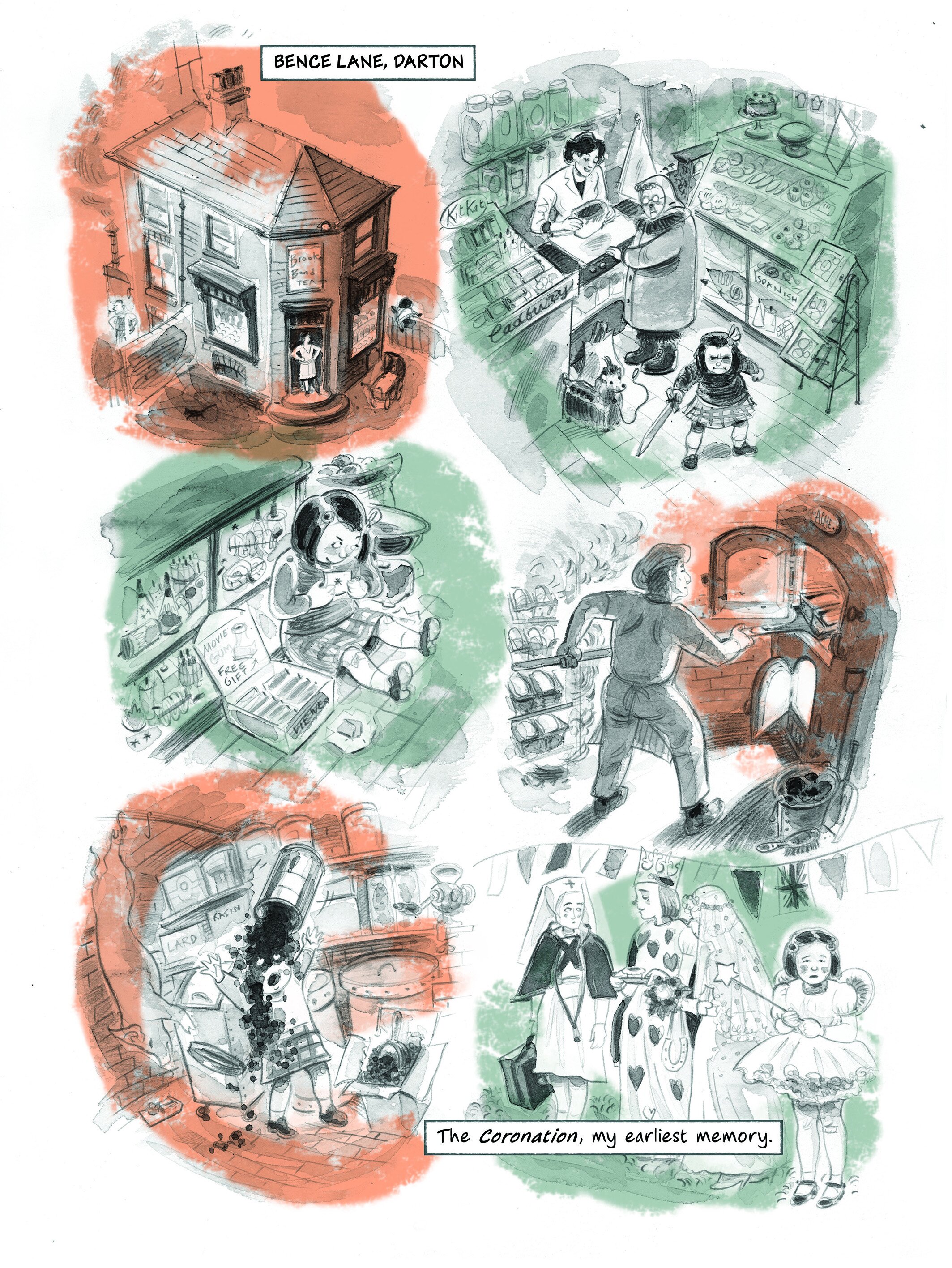Rewriting the North: Kate Charlesworth
I don’t remember knowingly reading, either as a child or as a young adult, specifically Northern writing, but for as long as I can remember I was always conscious of being northern, and that this was a Good Thing. One of the elements reinforcing this notion was the difference between how we spoke and how voices on the wireless, the BBC’s Home and Light services broadcasting from planet posh, sounded.
© Kate Charlesworth, A Girl’s Guide to Sensible Footwear, p. 6
Possibly primed by this early awareness, consciously or unconsciously, and probably like everyone else, I was on the lookout not only for representations of myself but of my life and where it was lived. Later on, this recognition scanning really came into its own. And some people called it Gaydar.
I was an early reader of both text and pictures. Comics were a rich field to explore and those essentials of a 20th century British childhood, The Beano, Dandy, Bunty, Judy and their like provided a promising start with their (mostly) cheery tales of (mostly) working class kids. In reality all these titles were Scottish, published by DC Thompson out of Dundee, and revisiting them as an adult explained some quirks of content I’d puzzled over as a child. Why did policemen always wear flat hats with chequered bands, never Bobbie’s helmets? Why Four Marys? (It’s a 16th century Scots ballad).
And then there were books.
I didn’t grow up in a book-strewn household and nor did my parents – but I read before I went to school, and later belonged to our small library in Darton, from which I lugged unfeasibly large Egyptology reference books back to our house on the village outskirts. I’m surprised they let me take them out at all but perhaps the librarian at that time was still John Braine, who – locals complained – had other priorities, i.e. writing his first novel, Room at the Top, in work hours.
The first book I actually bought for myself was Silly Verse for Kids written and illustrated – they were cartoons, really – by Spike Milligan, and purchased with a 7/6 (35p) birthday book token in 1959. This made an impression on several levels. I had volition! I could choose what I read.
A book can be a lovely thing in itself - this one was a salmon pink hardback printed with Spike’s drawings in black and blue; a grey laid paper dust jacket repeated the drawings with jokey messages on the flyleaves, and inside, a whole page of drawing for every poem. Some of the poems were just plain funny; others downright surreal and the whole thing was, I realised later, heavily influenced by Edward Lear. I looked at it a lot.
I don’t think I found much representation as such there, but it piqued my interest and fed my imagination – a Very Good Thing – and I squirrelled details away for future use.
A year or so later I made my parents buy me The St Trinian’s Story, a trove of Ronald Searle’s sublime cartoons featuring his anarchic – murderous even – schoolgirls. I adored them, but never adopted them as hands-on role models; I was far too timid. In imagination I gave Barnsley Girl’s High something of a Triniansesque gloss, which may be why I never went there. A false economy as it turned out, as a fair few at my school of choice would have been received by St T’s with open arms and no questions asked.
The first books I really loved, and returned to again and again for words and pictures were Richmal Crompton’s funny and literate William stories – Crompton was in fact one of the Northwest’s own, born in 1890 in Bury, eventually migrating south to pursue her education.
Just William was published in 1922, the year after my mother was born. In the early 60s when I began to read them, the vintage of the stories, superbly described in the delicious pen and ink illustrations of Thomas Henry, were a huge fascination. History, the past, and old stuff in general was already a big thing for me.
Thomas Henry, illustrations for Just William
William’s family was obviously a rung or three beyond us on the class ladder - but I ignored this and transposed their comfortable South Country villagescape on to my South Yorkshire patchwork of fields, derelict canals, woods, pit pony stables, corner chip shops and back to backs, and imagined William and his gang of Outlaws playing on the Low Valley pit slag heaps, riding the buckets and jumping off before the contents were tipped out (as my dad claimed he and his mates had done) before retiring to HQ at the Ole Barn, recast as Marilyn’s farm across the road from us, where we used to play on her dad’s combine harvester. Health and safety eh?
In imagination I daresay I took on the look, if not the gender of William. In real life I desperately wanted a snake belt, but ma smartly nipped that in the bud and I was left to fashion the wooden swords, bows and arrows and cardboard suits of armour myself.
© Kate Charlesworth, A Girl’s Guide to Sensible Footwear, p. 19
My first remembered brush with a real Northern story was the 1957 film version of J B Priestly’s The Good Companions (discontented man leaves his Yorkshire town to join a concert party) then screening in Barnsley, which ma took me to in an unprecedented departure from routine, because a cousin of ours was in the cast. It made an impression.
Words and Pictures
Years later, I was a working cartoonist. Although I enjoyed drawing single panel jokes, a strip, a sequential narrative - a combination of words (though not always) and pictures creates something beyond words or pictures in isolation, or words with pictures as illustrations. Cartoon strips, graphic novels - comics - have all the elements (and more) of film-making to play with, but none of the restrictions.
And the very first strip I drew, Twice Nightly, for the Manchester Evening News in 1973, was a tribute to Priestley’s story. My first commission was a daily strip in which a Yorkshire mining family escape destitution by forming a theatrical troupe and going on the music halls. It was Northern through and through; I was about to send them for a residency in Blackpool Winter Gardens when the editor had had enough and pulled it.
© Kate Charlesworth, Twice Nightly
Not long after we saw The Good Companions, a modern, groundbreaking drama appeared in 1960 – Granada TV’s Coronation Street, created by Tony Warren.
Bill Naughton – whose work features in the Portico’s collection of Northern writing – believed that his radio play, June Evening (1958), about a Lancashire street and adapted for television nine months before the first episode of the Street, was the inspiration (at the very least) for the iconic soap.
Whether Bill is right or not, or not, I vividly remember the first episode, Ena Sharples and all. My parents and I were agog as we knew from pre-publicity that this new show was, astonishingly, apparently about people like us.
And it was! And it was thrilling. It really felt though we were reflected back to ourselves – even us over in Yorkshire.
Our small pit town, Wombwell, still had thriving back-to-back streets. Soot from constant coal fires drifted down on clean washing, and most people had ‘had the Coal Board in’ at one time or another to fix subsidence damage to their homes from the coal seams far below. It was always more ‘This Sporting Life’ than the Swinging Sixties, even when they had, apparently, arrived.
And I find in the Northern writing collection, reflections of both sides of my own family - albeit with a solid middle class cut-off point.
Mum’s parents, an ex-mill girl and ex-miner lived in an ancient cottage off the High Street, grandad’s bird sheds and aviaries taking up the gardens back and front. Visiting, for reading I could depend on finding the Daily Herald, the News of the World (thrilling) and the likes of Dogs for Profit, Cook’s Poultry Breeder and Feeder, and Utility Fowls. Gas mantles, egg-bound budgies warming on the brass and black leaded range’s integral trivet, plus an unending trove from ration books to bird prizes and glass alleys were indelibly the stuff of my childhood.
© Kate Charlesworth, A Girl’s Guide to Sensible Footwear, p. 35
So too, directly across the road, was my paternal grandmother. Born in 1873, she lived in splendid isolation in a mid-century slab of a house which could have been the setting for any number of scenes from Victorian literature: a grand sitting room, never used, full of heavy gilt framed paintings and even heavier black oak furniture; her bedroom, all drapes and nets to keep the light out, a huge brass bed and walnut veneered suite. Though my favourite was her bathroom, all mahogany and brass with a willow-patterned lav. Outside, the stackyard, crumbling barn and farm outbuildings where my long-dead grandfather used to sex chicken eggs by dowsing with a pendulum.
Growing up in the North, being Northern, is in the DNA of my work. In my first attempt at a comic, Twice Nightly and my latest, Sensible Footwear - A Girl’s Guide I mined my memories and my family. Footwear was strictly factual, but family and place are rich seams, and I look forward to re-examining the remaining fragments of fact, scandal and rumour, this time from a fictional and historical perspective.
One last thing on the collection of illustrated books at the Portico Library: I was fascinated by the life details of writers such as Florence Fenwick Miller and Isabella Varley Banks (and what graphic narratives they might make). But I was very taken with Sand Castle (1936) by Janet Beith, handsomely illustrated by Keith Henderson, in which a ‘(c)harming girl from the Scottish Highlands falls for [a pair of] brothers’.
Keith Henderson in Janet Beith (1936), Sand Castle, opposite page 7.
Reader, I bought a copy online.
Kate Charlesworth, 2022
Kate Charlesworth is a cartoonist, illustrator and writer. Most of the illustrations are from her book A Girls Guide to Sensible Footwear, which is the first graphic history charting lesbian life from 1950 to the present. It is a stunning, personal, graphic memoir that shows Kate, growing up in Yorkshire, trying to find role models wherever she could. It was longlisted for the Portico Prize 2020. You can support the Portico Library by buying it from our online shop here.
This blog post is part of the Rewriting the North series funded by the Arts Council England to celebrate Northern writing. It is curated by the Portico Library in partnership with the Centre for Place Writing, Manchester Metropolitan University. Earlier this year, a Rewriting the North 5-part podcast series was launched, including writers Jennifer Reid, Adam Farrer, Amina Atiq, Testament and John Murray. The episodes are available to listen to here.






